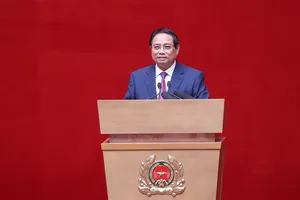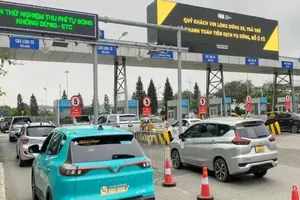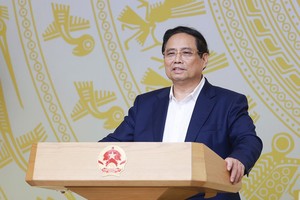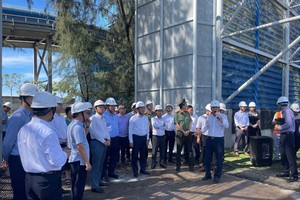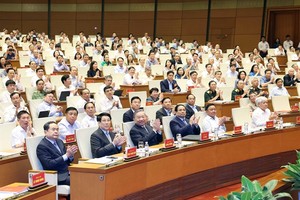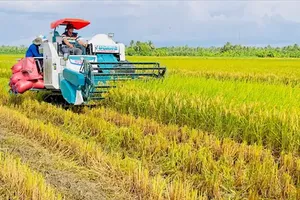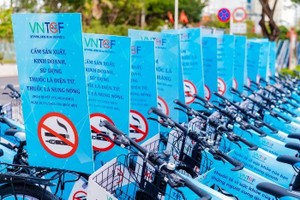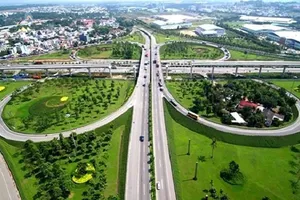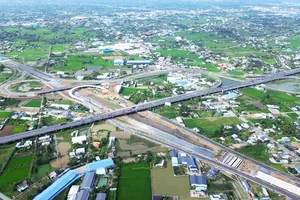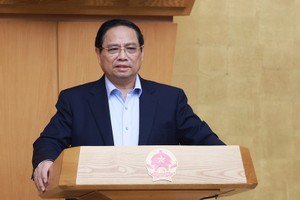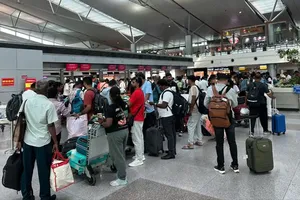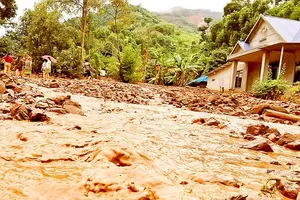
Le Duc Chung, a senior expert of the project, noted that 12 out of the 17 cities and provinces in the southern region have built action plans to realise the strategy – which aims to reduce greenhouse gas emissions via “greening” production and adopting “green” lifestyles.
Other experts at the event recognised positive changes brought by the green growth strategy in localities in the south, including cities and provinces in the southeastern and southwestern regions.
After five years of implementation, the strategy is on the right track with positive outcomes recorded, Chung said, adding that Dong Nai is a leading locality in the field.
Deputy director of Dong Nai’s Department of Planning and Investment Nguyen Huu Nguyen said at the beginning of 2013, his province built an action plan to implement the strategy and raised public awareness of green growth and environmental protection.
Dong Nai has a lot of potential to develop industry with 32 industrial parks, including 31 operational ones. Therefore, the province has concentrated on “greening production” through strict assessment of environmental protection in investment projects to make sure all industrial parks have effective waste treatment systems, he said.
The high-tech and green industrial products make up about 40 percent of gross regional domestic product (GRDP) while more than 85 percent of business manufacturing facilities have met environment standards and over 70 percent of firms applied clean technologies, he cited.
To reduce greenhouse gas emissions, the locality plans to close brick-kilns in residential quarters and those using fossil fuel materials at the end of this year. Local authorities will encourage people to use non-baked bricks.
Simultaneously, the province has invested in developing public transport services, improving treatment of waste discharged from hospitals and industrial parks and maintaining forest coverage of over 50 percent.
Meanwhile, Ben Tre province is focusing on greening agricultural production and promoting renewable energy and biodiversity preservation.
Deputy director of the provincial Department of Planning and Investment Chau Van Binh said the province has carried out an action plan for green growth since late 2015.
Increasing competitiveness and applying the latest technologies in production are among measures to reduce greenhouse gas emissions and improve the natural environment, he said.
Added to this is making effective use of natural resources and promoting environmentally friendly lifestyles, he added.
Specifically, the province warned people to limit the use of chemical fertilisers and pesticides and encouraged them to increase areas used to grow clean vegetables to nearly 200 hectares and fruit to 280 hectares and build a disease-free shrimp breeding area of 100 hectares.
Despite positive changes, experts said it’s necessary to devise mechanisms to mobilise social capital to promote green growth in southern localities.
Deputy Head of the Department of Science, Education, Natural Resources and Environment under the Ministry of Planning and Investment Nguyen Thi Minh Hien said promoting green growth is key to achieving sustainable development.
Therefore, the ministry pledged to provide maximum support for southern localities to build and implement action plans for green growth targets, she added.
